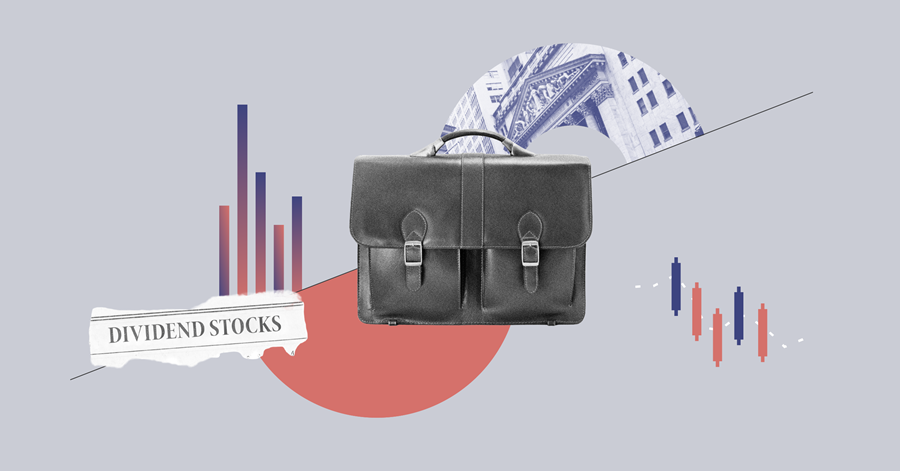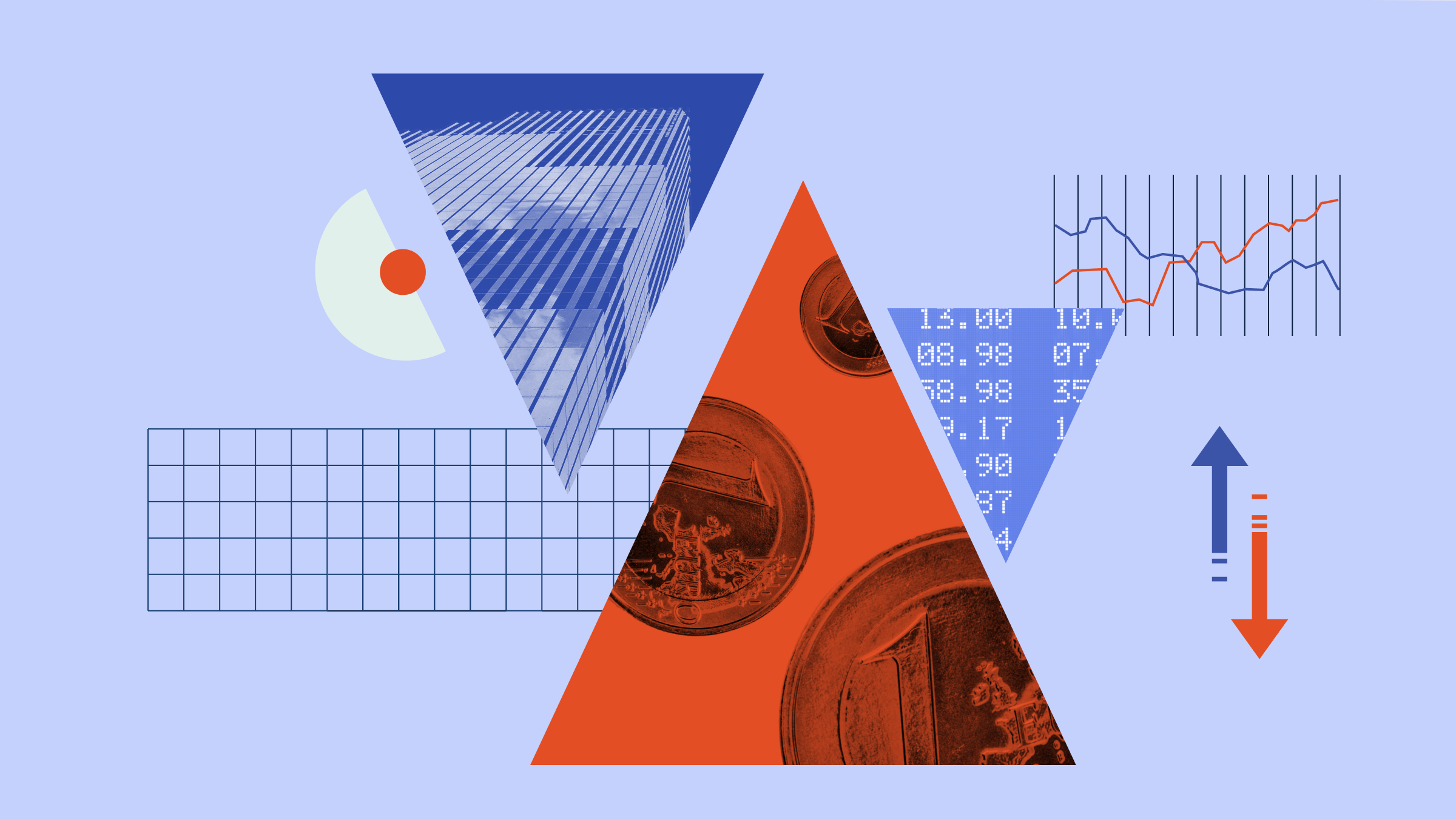
Are European banks rearing their heads? After an adverse market environment throughout the large part of the year, volatility and spreads improved in July. The Morningstar Developed Markets Europe Financial Services Index had a rough time so far in 2022, losing 17.3% for the year-to-date. Over the last month the wind appears to have changed, with the benchmark rebounded 3%. This compares, though, with a 6.4% positive return of the parent index Morningstar Developed Markets Europe over the same period (data in euros, as of August 1).
The outbreak of Covid-19 crisis highlighted two key issues for banks: the importance of adequate credit risk management and – for some of them – the need for further digitalisation. Overall, banks remained however resilient at the pandemic and maintained strong capital and liquidity positions.
“The pandemic had little effect on the health of the banks. If anything, European banks went through the pandemic quite smoothly allowing for material capital distributions to shareholders now”, says Morningstar equity analyst Niklas Kammer.
The situation has changed since Russia’s aggression towards Ukraine, with a shift in the drivers of credit risk from services-related sectors to commodity trading, energy and raw material-intensive. To add fuel to fire, the war has increased the threat of cyberattacks on critical infrastructures, including in the financial sector.
Nevertheless, from what we have seen so far during the second-quarter’s earnings season, European banks are still reporting very strong balance sheets. “We haven’t really seen any signs of loan book deterioration as of yet,” explains Kammer.
“We think it is likely that corporate defaults should start trickling in over the next quarters as corporates have to start rolling their debt onto higher interest rates. We saw during this quarter’s earnings season a strong pick-up of loan volumes driven by the anticipation of higher rates as well as many corporates taking advantage of previously unused loan commitments. As these opportunities dry up, we believe the credit environment could start to change."
On a Stronger Footing
Overall, the European banking sector is healthy. Tighter regulations surrounding capital and leverage requirements have put the European banking sector on a much stronger footing than a decade ago. “The banks that we cover also have improved their funding sources and are now less reliant on market based funding, which can cause issues during times of stress”, Kammer says.
“Important here is that we believe that interest rates are more likely than not to remain in positive territory even after inflation has been successfully reined in again. This means we expect higher interest rate in a normalised environment, which is a positive for the average European bank.
“Lastly on the health of the European banking sector, we should add that central bankers and politicians seem to have learned their lesson from both the global financial crisis and the euro debt crisis,” he adds.
“The pandemic has shown that providing liquidity to the system and ensuring capital levels of financial intermediaries is front of mind for policy makers. In summary, we believe the European banking sector is in a good shape and will be able to withstand more stringent scenarios than what most fear may hit Europe over the next quarters and years.”
In the table below, we list the most undervalued European banks, among those covered by Morningstar Equity Research.
Morningstar analysts in particular like banks with greater retail focus and larger contributions from mortgages such as ABN Amro (ABN) and Lloyds (LLOY). We expect greater earnings visibility from these names and anticipate them to be the greatest beneficiaries of the current interest rate cycle.
Europe's Cheapest Banks
Below we focus on the most undervalued bank in each country.
Credit Suisse Group AG
Stock rating: ★★★★
Economic moat: Narrow
Fair value: 10 CHF
Uncertainty rating: Very High
Narrow-moat Credit Suisse reported a second-quarter operating loss before tax of CHF 1.17 billion (€1.20 billion). It also announced a new strategic review and that CEO Gottstein will step down and will be replaced by Ulrich Koerner. Results of the strategic review are expected to be revealed with third-quarter results. The broad strokes given today are not surprising. The review will aim at a more focused and nimble Credit Suisse in future with a lower cost base, a slimmed down investment bank and a greater emphasis on wealth management, asset management and its universal bank in Switzerland.
“We maintain our CHF 10 per share fair value estimate, which suggest a healthy upside of about 90%”, says Morningstar equity analyst Niklas Kammer. “However, we stress that we have a Very High Uncertainty rating on Credit Suisse. Owning or buying its shares may pay off eventually, but we expect the path to recovery to be hard, long and painful. Deutsche Bank went through something of a similar crisis over past years, battling with poor risk and compliance controls at the heart of an ill-balanced investment banking business.”
Fortunes may turn out differently for Credit Suisse if these issues are addressed thoroughly and quickly, but even so, the bank will find itself in a difficult spot over the coming quarters having to restructure its core internally during a time of high economic uncertainty globally.
Lloyds Banking Group PLC
Stock rating: ★★★★
Economic moat: Narrow
Fair value: 77 GBX
Uncertainty rating: Very High
Narrow-moat Lloyds reported first-half underlying profit of £3.74 billion, versus a consensus estimate of £3.40 billion collected by the bank prior to the release. Income generation was strong, up 12% versus the same period a year ago. Higher base rates set by the Bank of England as well as the upswing at the long end of the yield curve have widened net interest margins at Lloyds significantly, forming the strongest tailwind since the beginning of the year.
Gaining confidence from these results as well as an outlook of further rate increases over coming quarters, Lloyds again lifted its NIM (Net Interest Margin) guidance to above 280 basis points from above 270 basis points in the first quarter.
“We had anticipated a more gradual benefit at the beginning of the rate-hike cycle, but have now adjusted our NIM assumptions upward. As a result of these changes, as well as time value of money since our last model was updated, we raise our fair value estimate to 77 pence per share from 68 pence previously. We believe Lloyds’ shares are attractive at current levels,” explains Kammer.
Danske Bank A/S
Stock rating: ★★★★
Economic moat: Narrow
Fair value: 170 DKK (€22.85)
Uncertainty rating: Very High
Narrow-moat Danske Bank reported second-quarter profits before tax of DKK 2.164 billion, substantially missing consensus estimates of DKK 3.6 billion collected by the bank prior to the release. Losses in trading income as well as income from the insurance business were the culprits. Danske was caught out by higher levels of volatility and lower liquidity in fixed income markets hitting its trading operation.
The declining market environment also drove negative value adjustments in Danske’s insurance business, which could not be offset by a DKK 415 million gain on the sale of Danica Norway.
“We maintain our DKK 170 per-share fair value estimate despite this performance. Outside the very volatile line items, which have caused the substantial miss relative to expectations this quarter, results looked decent. We anticipate the trading and insurance businesses to recover for the rest of the year,” according to Morningstar analysis.
ABN AMRO Bank NV
Stock rating: ★★★★
Economic moat: Narrow
Fair value: €15.50
Uncertainty rating: High
ABN Amro has a solid competitive position in Dutch retail banking with a 20% market share in Dutch personal current accounts and a 25% share of business current accounts. This provides ABN Amro with cheap, sticky funding and forms the base from which ABN Amro can cross-sell other products.
“We believe ABN Amro has a narrow economic moat due to the cost advantage it enjoys and the switching costs its customers face. The highly concentrated Dutch banking system lends further support to our moat rating. ABN Amro's Dutch retail and commercial banking operations drive our moat rating”, our analysts say.
“Cost advantage as a moat source is present when a firm can produce a good or service at a lower cost than competitors. Banks have three main cost components where it can gain a competitive advantage in managing costs better than its peers: funding cost, credit costs and operational costs. We believe that ABN Amro has a funding advantage as a result of its strong competitive position in Dutch retail banking.”
Swedbank AB
Stock rating: ★★★★
Economic moat: Narrow
Fair value: 207 SEK (€19.95)
Uncertainty rating: Very High
Narrow-moat Swedbank reported second-quarter operating profits of SEK 5.85 billion, in line with consensus collected by the bank itself prior to the release. Performance in the quarter was decent, with total income growing 1% to SEK 11.61 billion versus last quarter. Net interest income, up 5%, stood out positively and more than offset slightly weaker net commission income and lower net gains and losses in the quarter. “We updated our model with these results and change our fair value estimate slightly upward to SEK 207 per share from SEK 203 previously,” explains Morningstar analyst Kammer. “Net interest income benefited from 8% volume growth, especially corporate loan growth of 13% stood out. Margins contributed positively as well with higher deposit margins more than offsetting lower lending margins that are being squeezed by rising funding costs”.
BNP Paribas
Stock rating: ★★★★
Economic moat: None
Fair value: €67
Uncertainty rating: High
No-moat BNP Paribas booked a net attributable profit of €3.2 billion for the second quarter of 2022, up 9% from the €2.9 billion it reported last year. Income generation was solid, up 10%, outpacing 8% higher operating expenses leading to a positive jaw effect. We maintain our €67 fair value estimate. Revenue came in at €12.8 billion and grew by 9% year on year. This was mostly due to the 6% rise in interest income, boosted by an 8% increase in loan volumes. The Group’s operating expenses were €7.7 billion, up by 8% driven roughly half by growth of the business while the remainder is attributable to scope and exchange rate effects.
“BNP Paribas has reported remarkably consistent earnings over the past decade - in an environment where many of its peers suffered from great earnings volatility,” says Morningstar equity research.
“Reported earnings have not grown by much, on average, over this period and return on tangible equity was in the mid- to upper-single-digit range. We do not anticipate this will change materially. BNP Paribas’ midcycle profitability and earnings growth prospects are broadly in line with the average of the rest of the European banks that we cover, but its stable track record indicates it is a less risky prospect than many of its peers”.
Commerzbank AG
Stock rating: ★★★★
Economic moat: None
Fair value: €9
Uncertainty rating: High
Commerzbank generates about 70% of its operating income in the highly competitive German market, where banks without profit-maximising motives (savings and cooperative banks) dominate the retail space and German as well as international competitors vie for the coveted German corporate market.
“In this competitive environment, Commerzbank has too long stuck to its large branch network strategy, failing to digitise processes sufficiently to compete in today’s changing banking landscape”, affirms Morningstar equity analyst Niklas Kammer.
Management is addressing these shortcomings with a highly ambitious plan. Until 2024, the bank aims to reduce its cost base by €1.4 billion, or about 20% of its 2020 level. The largest cost savings will come from a reduction of about 10,000 in head count and 550 branch closures. After such a massive cut to its business, management believes it can achieve a return on tangible equity of 7%. “We remain sceptical, however,” says Kammer.
Our fair value estimate is €9 per share and corresponds to a price/tangible book value multiple of 0.5. At the same time, Morningstar analysts rate Commerzbank's uncertainty as is high, which reflects the bank's low profitability, high operating leverage, and credit exposure to SME companies.





























